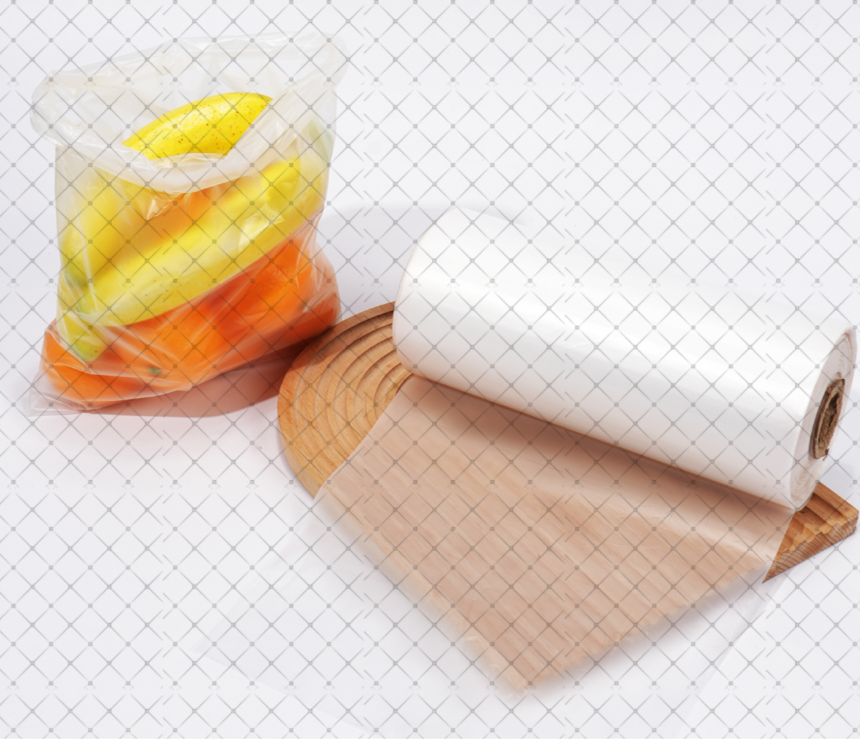Innovative Approaches to Sustainable Paper Packaging Design for Modern Products
The Art and Impact of Paper Packaging Design
In an era marked by increasing environmental consciousness and the quest for sustainability, paper packaging has emerged as a significant player in the product presentation and branding landscape. The design of paper packaging is not just about aesthetics; it involves a deep understanding of materials, consumer behavior, and environmental impact. This article explores the multifaceted aspects of paper packaging design, its cultural implications, and the shift towards more sustainable practices.
The Essence of Paper Packaging Design
At its core, paper packaging serves a fundamental purpose to protect products while also facilitating their transport and storage. However, exceptional packaging design transcends mere functionality. It engages consumers through visual storytelling and tactile experiences. The design elements — from color choice and typography to shape and texture — all communicate brand values and evoke emotional responses. For instance, a sleek, minimalist packaging may position a product as high-end and sophisticated, while bright, whimsical designs could appeal to a younger demographic or evoke nostalgia and playfulness.
In recent years, designers have embraced innovative techniques such as die-cutting, embossing, and custom illustrations to make packaging more engaging. Interactive features, such as QR codes or augmented reality elements, have also become popular, bridging the gap between physical and digital experiences. The objective is to create memorable impressions that encourage brand loyalty, driving consumers to choose one product over another in a crowded marketplace.
Sustainability and its Influence
The drive towards sustainability has profoundly influenced paper packaging design. Modern consumers are becoming increasingly eco-conscious, seeking out brands that prioritize environmentally friendly practices. This shift has prompted companies to rethink their packaging strategies, opting for recyclable, biodegradable, and compostable materials.
Designers now consider not only the visual and functional aspects of packaging but also its life cycle. They aim to minimize waste and the carbon footprint associated with production and distribution. For instance, using recycled paper not only reduces the depletion of trees but also consumes less energy during manufacturing. Moreover, paper packaging can often be made with materials sourced from responsibly managed forests, aligning with customer values and enhancing brand reputation.
paper packaging design

Cultural Implications in Design
Cultural influences play a significant role in effective paper packaging design. Packaging that resonates with local customs, traditions, and aesthetics can significantly enhance product appeal. For example, food packaging in Asia frequently utilizes bright colors and intricate designs, while minimalist and functional styles are more popular in Western markets. Understanding these cultural nuances allows designers to create packaging that speaks directly to target audiences, making the product more relatable and appealing.
Moreover, seasonal designs, such as festive packaging for holidays, can evoke nostalgia and foster an emotional connection with consumers. Such thoughtful nuances not only enhance the unboxing experience but also reinforce brand identity and community ties.
Challenges and Innovations
Despite the advantages of paper packaging, designers face challenges such as durability, moisture resistance, and maintaining product freshness. Innovations in material science are pivotal to overcoming these barriers. Advancements in water-resistant coatings and the development of specialized liners help improve the performance of paper packaging without sacrificing sustainability.
Furthermore, the rise of e-commerce has created a demand for paper packaging that can withstand the rigors of transit. Packaging designs that prioritize structural integrity while still being aesthetically pleasing are essential to meet these challenges.
Conclusion
In conclusion, paper packaging design is a rich field that intertwines art, functionality, and sustainability. As consumer preferences continue to evolve, it will be crucial for designers to innovate and adapt, creating packaging solutions that not only captivate but also align with a commitment to environmental responsibility. As we move forward, the future of paper packaging design promises to be a dynamic interplay of creativity and ecological awareness, ultimately shaping the way products are experienced and valued in our daily lives.
-
The Best Uses for Small Trash Bags in Daily LifeNewsJul.01,2025
-
Stylish Reusable Grocery Bags TrendsNewsJul.01,2025
-
Shipping Advantages of Using Bubble Envelopes BulkNewsJul.01,2025
-
How Compostable Mailing Bags Reduce Environmental ImpactNewsJul.01,2025
-
Environmentally - Friendly Bulk Poly MailersNewsJul.01,2025
-
Eco Friendly Custom Laminated Tote BagsNewsJul.01,2025
-
Have the freedom of customizing your custom mailers any way you want! Our dedicated packaging support will help deliver you the mailing experience you need to elevate your shipping experience to the next level! Start making a strong impression on your customers and stand out from your competitors! -
LIYA uses high quality raw materials which directly purchased from large enterprises domestic and overseas such as PetroChina, Sinopec, Sabic, Equate, ExxonMobil, Dow Chemical, Total, and Borouge, ensuring the price advantage and quality of the raw materials. -
LIYA uses high quality raw materials which directly purchased from large enterprises domestic and overseas such as PetroChina, Sinopec, Sabic, Equate, ExxonMobil, Dow Chemical, Total, and Borouge, ensuring the price advantage and quality of the raw materials.





